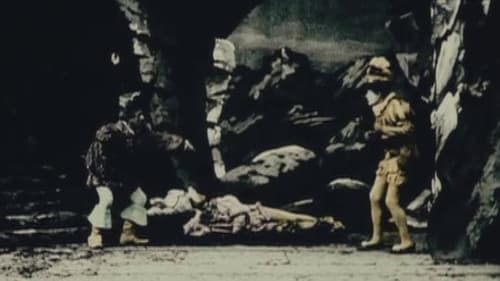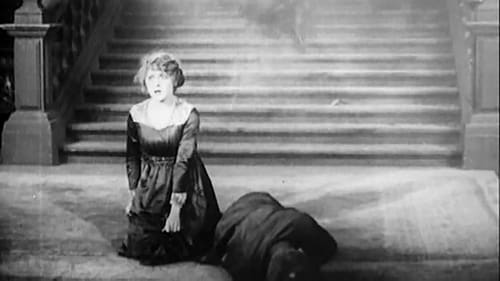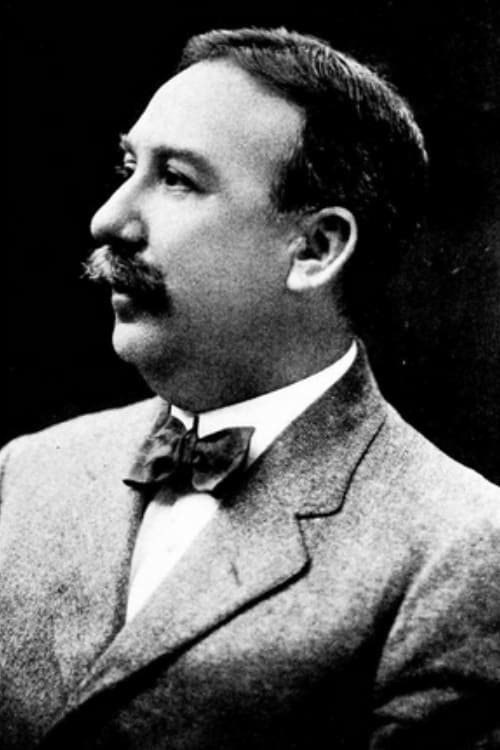A Little Girl Who Did Not Believe in Santa Claus (1907)
Género :
Tiempo de ejecución : 14M
Director : J. Searle Dawley, Edwin S. Porter
Sinopsis
A generous boy tries to help a girl who does not believe in Santa Claus because of her family's poverty.

An over-the-hill American tourist has a terrible time on his European "rest cure" vacation.

"Le Pied de Mouton" is an adaptation of an old French stage play titled "The Talisman" written by Alphonse Martainville and César Ribié. The atmosphere is hilarious, oneiric and delicious. The film tells the story of Gusman and Léonora, two lovers who must deal with many spells and troubles in order to preserve their love. The tale is full of princes and princesses, damsels in distress, good witches and wicked lords and is an amazing piece of work.

Georges Méliès's first attempt at Cinderella was in 1899. That film was extraordinary then for having multiple scenes and a semblance of a narrative; additionally, the use of dissolves as transitions in it influenced other filmmakers for years to do the same. Méliès was the cinema world's preeminent leader then. By 1912, however, that was no longer the case; frankly, as evidenced by this feature, his style had become dated. Moreover, Méliès had begun to adopt techniques from other filmmakers, such as direct cuts instead of dissolves, and there's even a match on action shot during the slipper trying-on scene.

A nude couple pose in an art studio on a square rug, while the camera does a circular traveling around them; the woman has her right knee on the floor and her right arm raised in front of her face, holding the man's thighs with her right, while the man is bent forward, as if looking in the distance.

Propped upon the tail-end of a match, a housefly performs astonishing feats, alternately juggling a series of objects - a blade of grass, a cork, a miniature dumbbell… Most extraordinary of all is the sequence in which the fly spins a ball twice its own size, while a second fly perches on top. In the final sequence, the fly repeats some of its earlier tricks while apparently seated on a tiny chair.

The title is vital, since the bulk of the action consists of a well-dressed man magically producing a series of items to furnish a bare room, culminating in his summoning up a charming lady to share his meal. Hearing the guards approaching, the man reverses the process, ending with a bare room when the two men enter.

Film showing the results of an earthquake in San Francisco on 18th April 1906 which caused great destruction.

A young American has her ship torpedoed by a German U-boat but makes it back to her ancestral home in France, where she witnesses German brutality firsthand.

A housewife tires of her husband's annoying behavior and returns to her mother. At first, the husband is quite pleased to have the house all to himself. But he quickly discovers that even the most basic domestic chores can be fraught with difficulty.

A baker's assistant throws a handful of dough at a rat. The dough sticks to the side of a barrel and the assistant proceeds to sculpt the dough into various faces and shapes. There is some experimental use of stop motion.

“A marvelously clear picture taken from the top of the elevator of the Eiffel Tower during going up and coming down of the car. This wonderful tower is 1,000 feet in height, and the picture produces a most sensational effect. As the camera leaves the ground and rises to the top of the tower, the enormous white city opens out to the view of the astonished spectator. Arriving at the top of the tower, a bird's eye view of the Exposition looking toward the Trocadero, and also toward the Palace of Electricity, is made, and the camera begins its descent. The entire trip is shown on a 200-foot film. 30.00. We furnish the ascent in 125 foot film.” (Edison film catalog)

An early horror treatment of the hero's encounter with the one-eyed man-eating Cyclops.

An indebted French family flees its creditors in this comic picaresque, one of pioneering French director George Méliès last films.

The stations of Christ's life are segmented into a series of performative tableaux.

Count Fernand De Keramic plots against his niece in order to acquire her wealth to pay his debts.

Stenka Razin is the leader of a group of outlaws who live a life of revelry and carousing along the Volga River and in the nearby forests. When Razin becomes distracted by a captured foreign princess and starts to dote on her, his men are displeased, feeling that he is neglecting them and their usual activities. Soon they come up with a plot, in the hopes of turning Razin against the princess.

A panorama of Coney Island, taken at night: the camera sweeps across the scene from a vantage point well above the area. It then moves in for closer views of Dreamland and Luna Park.

On doctor's orders Max buys a new bathtub but things don't work out as planned.

A “madman” escapes prison and the torments of his warders.

Bout de Zan is a young boy by description and a petty thief by vocation. In this short, he does indeed steal an elephant from a circus, parading it around town and using it to beg for money. Due to their rambunctiousness, Bout de Zan and the elephant (!) need saving from the authorities.








